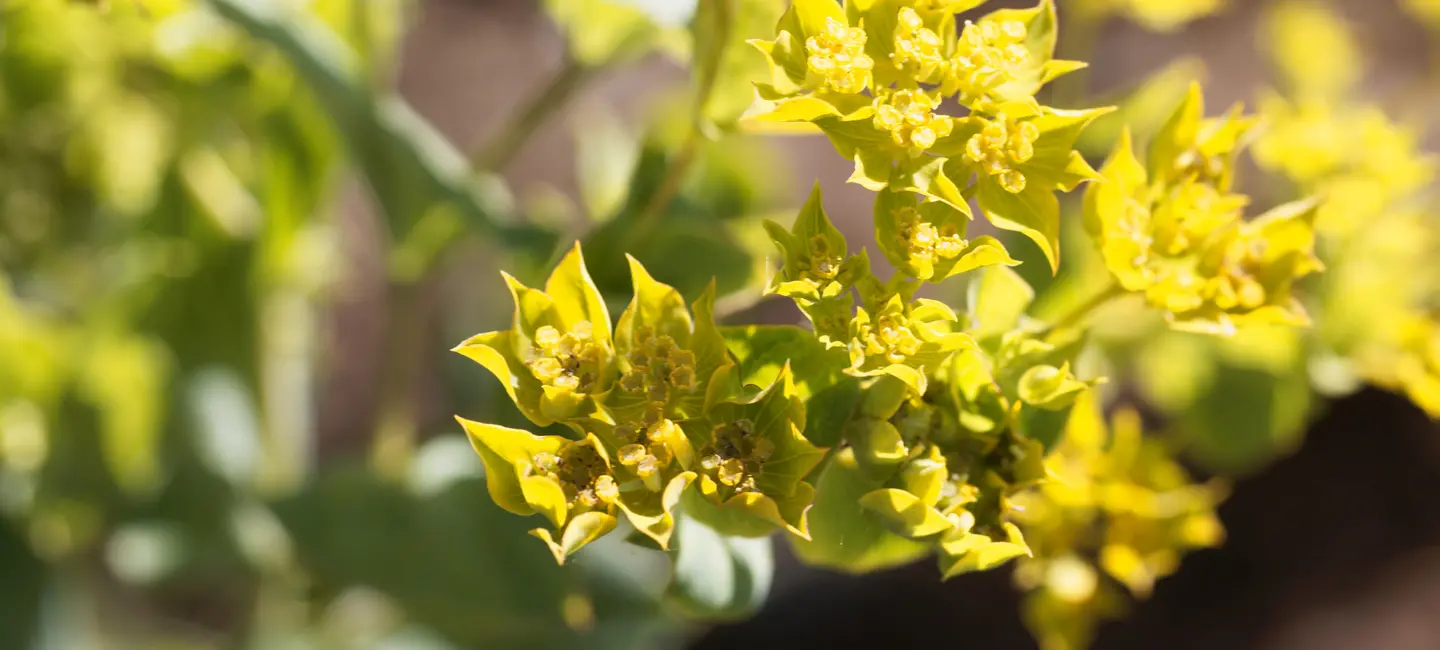
Bupleurum is an herb or woody shrub native to Europe, Asia, and North America. There are about 200 different species. Its root is used as medicine.
Bupleurum is included in many Chinese and Japanese traditional herbal formulas. It might help stimulate the immune system and protect the liver.
People use bupleurum for asthma, depression, flu, hepatitis, liver cancer, and many other conditions, but there is no good scientific evidence to support these uses.
Is It Effective?
There is interest in using bupleurum for a number of purposes, but there isn't enough reliable information to say whether it might be helpful.
Is it Safe?
When taken by mouth: Bupleurum is possibly safe. It's been used as part of a Japanese herbal formula called Sho-saiko-to for up to 5 years. It's usually well-tolerated. Side effects might include nausea.
Special Precautions & Warnings:
Pregnancy and breast-feeding: There isn't enough reliable information to know if bupleurum is safe to use when pregnant or breast-feeding. Stay on the safe side and avoid use.
Auto-immune diseases such as multiple sclerosis (MS), lupus (systemic lupus erythematosus, SLE), rheumatoid arthritis (RA), or other conditions: Bupleurum might cause the immune system to become more active. This could increase the symptoms of auto-immune diseases. If you have one of these conditions, it's best to avoid using bupleurum.
Bleeding disorders: Chemicals in bupleurum might slow blood clotting. This might make bleeding disorders worse.
Diabetes: Chemicals in bupleurum might increase blood sugar levels. Monitor your blood sugar carefully if you have diabetes and use bupleurum. The dose of your diabetes medication may need to be changed.
Surgery: Chemicals in bupleurum might prolong bleeding or increase blood sugar levels. Stop taking saikosaponins at least two weeks before a scheduled surgery.
Medications for diabetes (Antidiabetes drugs)
Interaction Rating=Moderate Be cautious with this combination.
Chemicals in bupleurum, called saikosaponins, might increase blood sugar levels. Taking bupleurum along with diabetes medications might reduce the effects of these medications. Monitor your blood sugar closely.
Medications that decrease the immune system (Immunosuppressants)
Interaction Rating=Moderate Be cautious with this combination.
Bupleurum can increase the activity of the immune system. Some medications, such as those used after a transplant, decrease the activity of the immune system. Taking bupleurum along with these medications might decrease the effects of these medications.
Medications that slow blood clotting (Anticoagulant / Antiplatelet drugs)
Interaction Rating=Moderate Be cautious with this combination.
Bupleurum might slow blood clotting. Taking bupleurum along with medications that also slow blood clotting might increase the risk of bruising and bleeding.
Herbs and supplements that might lower blood sugar: Chemicals in bupleurum, called saikosaponins, might increase blood sugar. Using bupleurum with other herbs and supplements that lower blood sugar might interfere with blood sugar control in people with diabetes. Examples of supplements with this effect include aloe, bitter melon, cassia cinnamon, chromium, and prickly pear cactus.
Herbs and supplements that might slow blood clotting: Bupleurum might slow blood clotting and increase the risk of bleeding. Taking it with other supplements with similar effects might increase the risk of bleeding in some people. Examples of supplements with this effect include garlic, ginger, ginkgo, nattokinase, and Panax ginseng.
There are no known interactions with foods.
Bupleurum is most often used by adults in combination with other ingredients in traditional medicine herbal formulas. Speak with your healthcare provider to find out what type of product and dose might be best for a specific condition.
Bei Chai Hu, Bupleuri, Bupleurum Chinese, Bupleurum chinense, Bupleurum exaltatum, Bupleurum falcatum, Bupleurum fruticosum, Bupleurum longifolium, Bupleurum multinerve, Bupleurum octoradiatum, Bupleurum rotundifolium, Bupleurum scorzonerifolium, Buplèvre, Buplèvre Chinois, Buplèvre à Feuilles Rondes, Buplèvre à Feuilles de Scorsonère, Buplèvre à Longues Feuilles, Buplèvre Ligneux, Chai Hu, Chi Hu, Chinese Bupleurum, Chinese Thoroughwax, Hare's Ear Root, Radix Bupleuri, Saiko, Shrubby Hare's-ear, Sickle-leaf Hare's-ear, Thoroughwax, Thorow wax.
Information on this website is for informational use only and is not intended to replace professional medical advice, diagnosis, or treatment. While evidence-based, it is not guaranteed to be error-free and is not intended to meet any particular user’s needs or requirements or to cover all possible uses, safety concerns, interactions, outcomes, or adverse effects. Always check with your doctor or other medical professional before making healthcare decisions (including taking any medication) and do not delay or disregard seeking medical advice or treatment based on any information displayed on this website.
© TRC Healthcare 2024. All rights reserved. Use and/or distribution is permitted only pursuant to a valid license or other permission from TRC Healthcare.
